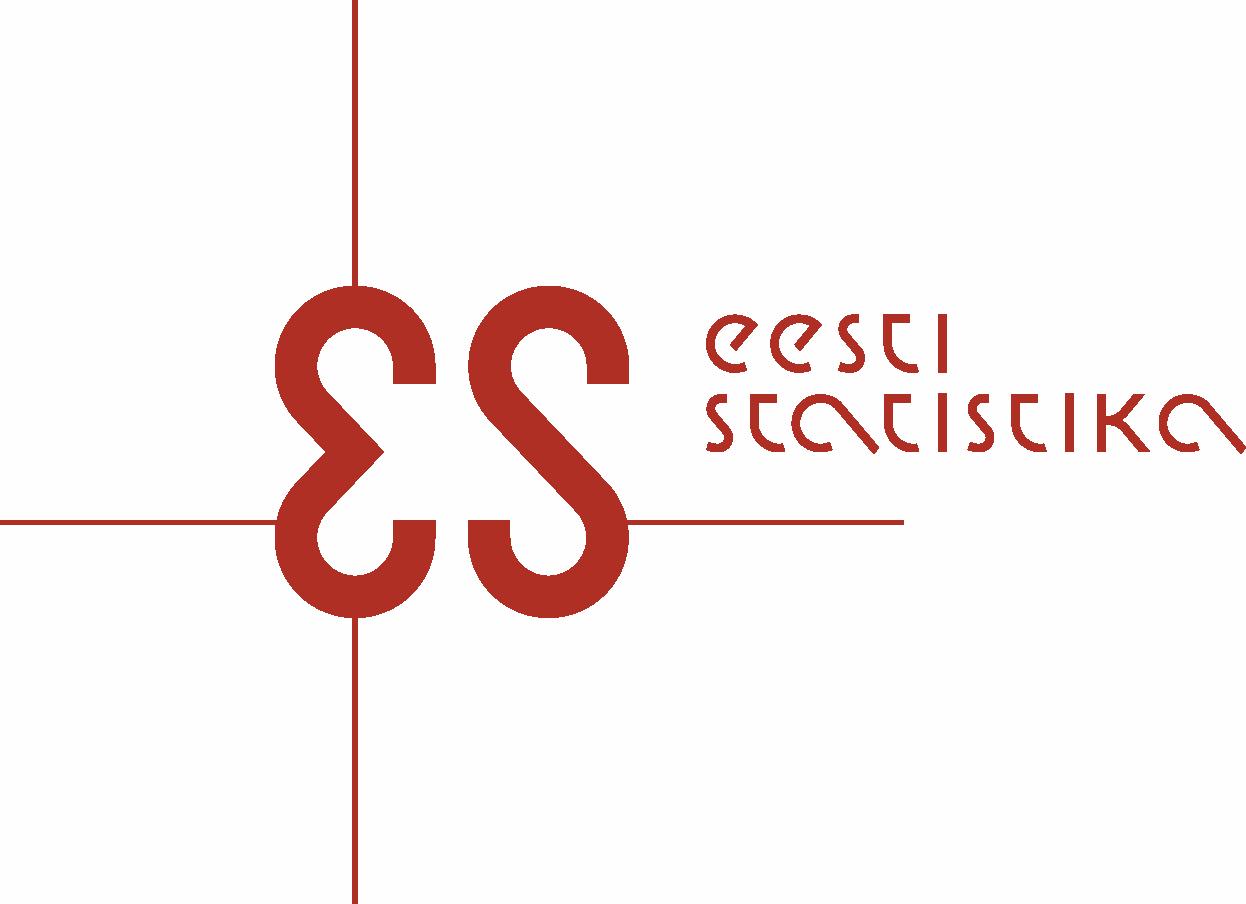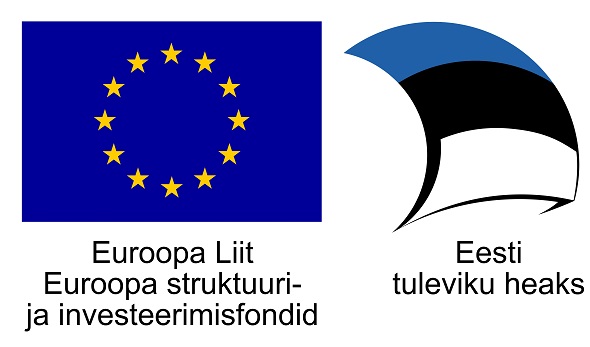Indicators of cultural industries in Estonia 2001-2010
 Statistics Estonia has issued an overview of Estonian creative industries in ten years – 2001- 2010. It is a pilot study that responds to the European culture statistics framework ESSnet Culture that allows comparative statistics of EU countries. Estonia held the leader position in the workgroup of creative industries statistics.
Statistics Estonia has issued an overview of Estonian creative industries in ten years – 2001- 2010. It is a pilot study that responds to the European culture statistics framework ESSnet Culture that allows comparative statistics of EU countries. Estonia held the leader position in the workgroup of creative industries statistics.
European Statistical System Network on Culture
From 2009 to 2011 European countries participated in the culture statistics project ESSnet Culture (European Statistical System Network on Culture) with the objective of developing the European culture statistics framework and to harmonise methodology. A harmonised methodology enables to collect comparable and relevant culture statistics.
The lack of hierarchy in cultural domains and the emphasis on creation highlights a clear and reasonable framework, which helps to reduce the risk of culture being lost in other sectors.
Furthermore, this framework is open to future developments, as it enables addition of new domains.
The ESSnet Culture framework is based on two important principles.
- It does not prioritize any of the cultural domains, i.e., no domain is given a more central position or greater importance than others, unlike in many other frameworks.
- The representations of this framework are based on sequenced functions that place artistic creation at the core of the statistical framework.
Creative sector in numbers
There were more than 7,700 units of the cultural sector in Estonia in 2010. In 2000 the total number of units of the cultural sector amounted to 3,200, which means that over the decade the number of enterprises and organisations of the cultural sector has more than doubled. The number of operating units continued to grow even during the economic recession. The average indicator for the decade is 4,500 enterprises and organisations.
In 2001-2010, the average share of the units of cultural sector among all active units was 6, 1%. This share decreased slightly at the beginning of the 2000s and remained stable until the onset of economic recession, followed by an increase in 2008-2010.
According to the data gained from annual reports of the sales revenue of cultural sector’s enterprises
in 2010 was 451 million euros. In 2000 it was 303 million euros. The highest sales revenue during the period under observation was in 2007 when it reached 673 million euros. The average sales revenue in 2001–2010 was also 451 million euros.
In 2000–2010, the number of enterprises and organisations increased in all domains of the cultural sector. The most rapid growth was observed in the number of units engaged in visual arts – from about 25 in 2000 to 1,700 in 2010. This was followed by the number of units engaged in performing arts, which increased from ca 230 to almost 1,600. Next is the number of books and press units, which increased from ca 440 to 980. The increase was the lowest in case of units engaged in art crafts, growing from ca 90 to 130.
Hence, although the cultural sector is smaller than other sectors and external factors often cause greater fluctuations than in other sectors, the cultural sector is eager to restore its position. The changes taking place during the economic recession, such as movement towards foreign markets, are undoubtedly good prerequisites for new growth in the long run.
Find the overview HERE





